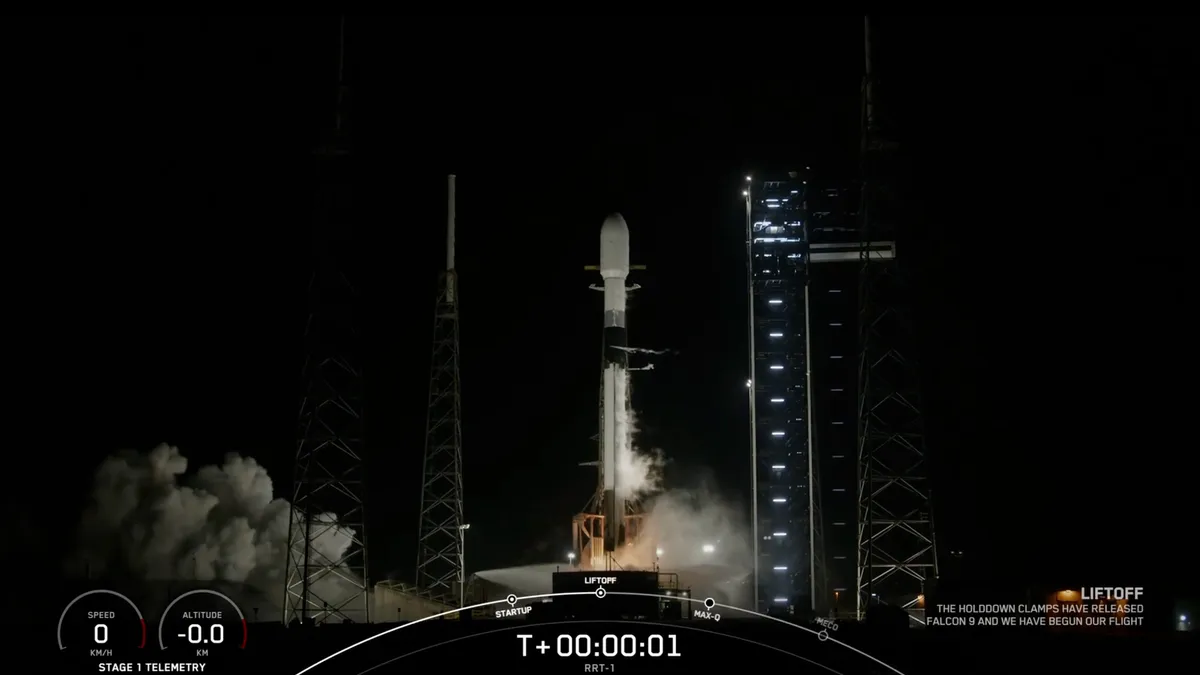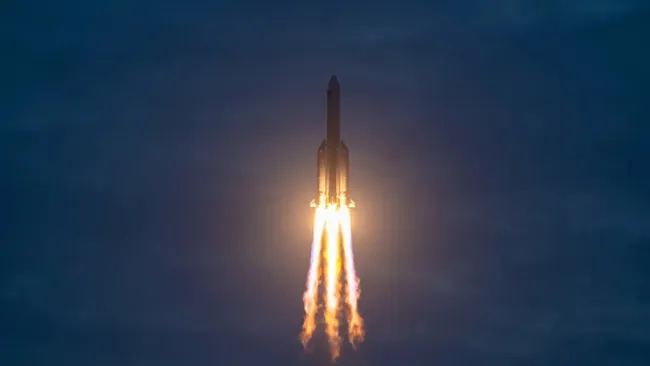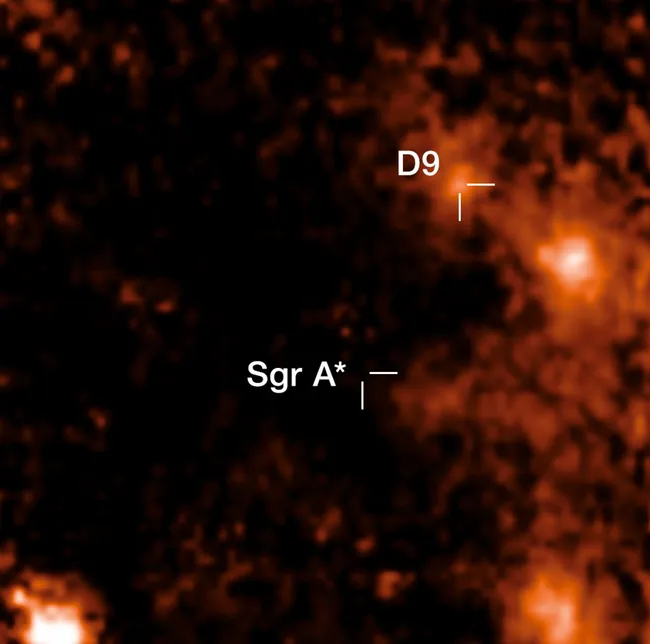-
SpaceX's Advanced US Space Force GPS
16th December 2024

Falcon 9 rocket lifted off. Credit: futurecdn.net
On the night of December 16th, SpaceX launched a set of advanced satellites. These satellites are hoped to improve the GPS capabilities in all fields of society. The retrieval of a stored GPS III satellite, its faster integration, launch vehicle preparation, and quick launch processing were all made possible by this mission's flawless collaboration across several Space Force divisions. The mission was characterized as "a remarkable achievement," highlighting the Space Force's capacity to provide vital space equipment on a substantially shorter timeline, by Col. Jim Horne, senior materiel leader of Launch Execution for Space equipment Command's Assured Access to Space division. The Space Force's dedication to upholding operational excellence in space system deployments and global positioning capabilities is demonstrated by this event.
References
SPACE.com. "SpaceX launches advanced GPS satellite in 'rapid response' demo for US Space Force." [ space.com]
-
China's first launch for satellite constellation
16th December 2024
On Monday, December 16 at 5:00 a.m. EDT (1000 GMT; 6:00 p.m. local time), the historic launch was made from the Wenchang Space Launch Center on Hainan Island. Ten broadband satellites were successfully launched into orbit by a Long March 5B rocket, which was the Guowang project's first deployment. The mission went perfectly, according to the China Academy of Launch Vehicle Technology (CALT), the state-owned company that developed the Long March rocket series. "The satellites entered the predetermined orbit smoothly, and the launch mission was a complete success," CALT said in a Tuesday, December 17 WeChat update. This launch demonstrates China's expanding aspirations in the satellite-internet industry as well as its capacity to carry out intricate space operations precisely.

A Chinese Long March 5B rocket launch. Credit: cdn.mos.cms.futurecdn.net
References
SPACE.com. "China launches 1st set of spacecraft for planned 13,000-satellite broadband constellation." [ space.com]
-
Binary Stars at the center of the Milky Way
17th December 2024
In the findings published by astronomers on December 17th, the first binary stars, named D9, were discovered. This binary system orbits the supermassive blackhole that is at the centre of our Milky Way galaxy. The survival of these stars around the black hole, Sagittarius A*, indicates that the surrounding environment may be stable and ideal enough to allow the birth of planets. The D9 pair is estimated to be 2.7 Myr old, eventually being forced to merge, triggering a stellar merger.

D9 the first binary stars ever seen around the Milky Way's supermassive black hole. Credit: cdn.mos.cms.futurecdn.net
References
Space.com. "Astronomers discover 1st binary stars orbiting supermassive black hole at the center of the Milky Way." [ space.com]
-
NASA Solar Probe Closest Fly-by
24th December 2024
NASA's Parker Solar Probe achieved a historical moment by being the first man-made object to fly closest ever to the Sun's surface. This opens up even bigger and explorative possibilities for humanity and astronomical research. The Parker Solar Probe, launched in 2018, did seven flybys around Venus to direct itself towards the burning star. It reached an ideal distance where studying the sun would be executable all while not being affected by the immense energy and heat of the star. This study helps scientists and researchers understand the features and measurements of the region, traces of solar winds, and more. The flybys of the Probe have been beneficial for not only the Sun but our solar system as well, helping gather data and information like coronal mass ejections, Venus' radio emissions, and unexpected solar energetic particles.

Journey of Parkeer Solar Probe. Credit: nasa.gov
References
NASA. "NASA’s Parker Solar Probe Makes History With Closest Pass to Sun." [ nasa.gov]
-
SpaDex Launch
30th December 2024
The ambitious SpaDeX project, which aims to demonstrate cutting-edge space docking technology, has been successfully launched by the Indian Space Research Organization (ISRO). Two spacecraft—SDX01, the Chaser, and SDX02, the Target—are part of the mission, which was launched from the Satish Dhawan Space Centre on December 30, 2024. Both satellites are intended to function in a low-Earth orbit at a height of 470 kilometers139 and weigh about 220 kg. To guarantee accurate navigation and control while navigating in orbit, the spacecraft will make use of a differential GNSS-based satellite positioning system. ISRO intends to carry out a number of tests with 24 distinct payloads, including cutting-edge technologies created by startups and academic institutions, throughout the mission, which might last up to two years. ISRO's success in this mission will place the country in an exclusive category along with only a few other nations that can efficiently execute the technology of space docking. Those are, of course, the United States, Russia, and China.

SpaDex Launch. Credit: isro.org
References
India Today. "SpaDeX satellite separation delayed by three seconds. How it will affect docking." [ indiatoday.in]